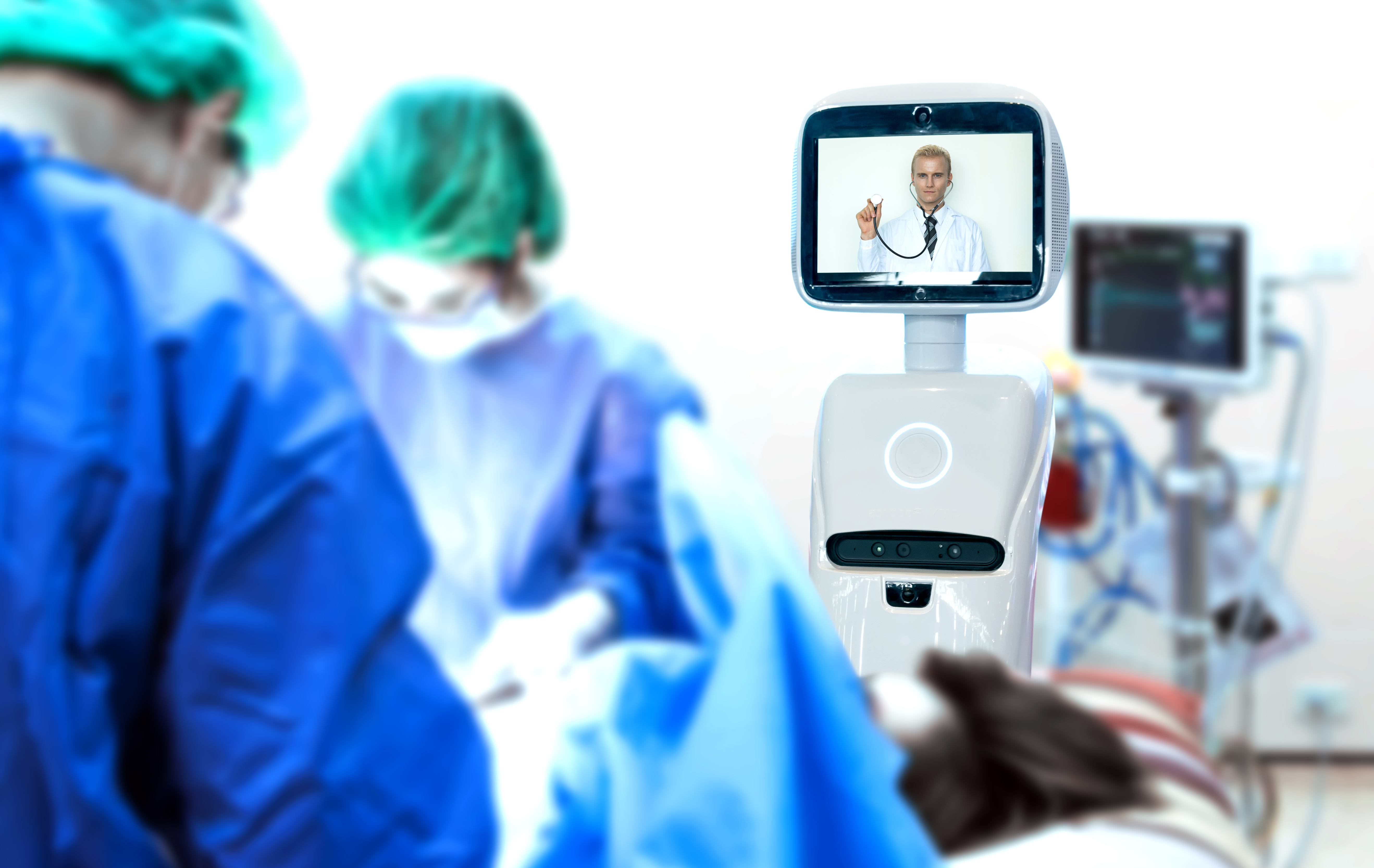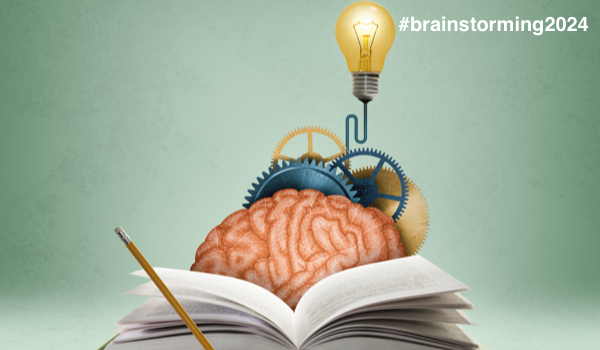


MANILA - In 2015, the National Economic and Development Authority released ‘AmBisyon 2014’ - a collective long-term vision and aspiration of the Filipino people for themselves and their country in the next 25 years.1 The report describes the kind of life that people want to live, and how the country will be by 2040. This includes access to affordable and quality healthcare for all in the Philippines, which is supported by the Universal Healthcare Act2 that was approved into law in 2019.
Healthcare Costs in the Philippines
As a Third World country, access to healthcare is limited for common Filipinos due to high costs. A visit to a doctor can range from 500 to 1,500 Philippine pesos (US$10 - US$30) while an average visit to the emergency room can cost around 5,000 Philippine pesos (US$96) or higher, excluding laboratory fees, depending on the hospital category. The major causes of death in the Philippines and worldwide, aside from the current pandemic, are linked to chronic cardiovascular conditions like hypertension, diabetes, and ischemic heart disease. The risk factors include smoking, an unhealthy diet, physical inactivity, and stress.3
With the Universal Health Care Act, accessibility is ensured through various means, including the use of technology to gather data, streamline processes, and lower costs of healthcare delivery.
AI in Philippines Healthcare
The Department of Science and Technology uses artificial intelligence (AI) to support the country’s healthcare system, and several software solutions have been implemented since the outbreak of COVID-19 to manage the pandemic.
Some of the measures include AI-power
The content herein is subject to copyright by The Yuan. All rights reserved. The content of the services is owned or licensed to The Yuan. Such content from The Yuan may be shared and reprinted but must clearly identify The Yuan as its original source. Content from a third-party copyright holder identified in the copyright notice contained in such third party’s content appearing in The Yuan must likewise be clearly labeled as such. Continue with Linkedin
Continue with Linkedin
 Continue with Google
Continue with Google










 3949 views
3949 views







